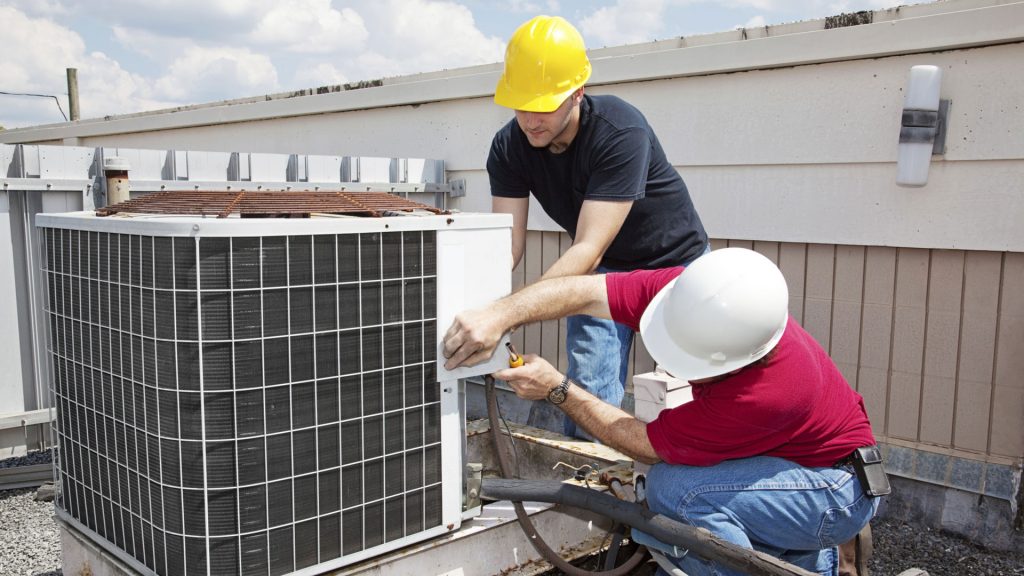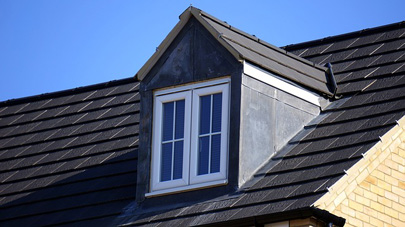|

Homeowners today have a good selection of different types of HVAC systems to consider. The best type is usually determined by your environment. Swamp coolers are made just for use in hot dry locations. Central air conditioner and heaters work well for most of the country. Heat pumps are very efficient but are expensive to install. The list goes on and on. The thing they all have in common is that they should be properly sized for the structure they will serve.
Furnaces that are too large tend to cycle off and on continuously. A central system that is too large may be less effective at dehumidification than a correctly sized AC unit. And it goes without saying that a larger unit costs more going in. A too-small system works too hard to keep up. But a properly sized system will do the right job for the environment at maximum efficiency.
Contractors Shouldn’t Rely on Rule of Thumb
Too many contractors rely on “experience” or an “educated guess. Bad idea. It’s much better to use worksheets designed by the Air Conditioning Contractors of America (ACCA). They are far more accurate because they take into account individual actual conditions. These include the amount and type of insulation, the size of the home, the size and glazing type of windows, air leakage, lighting, and home appliances.
To make these calculations, the International Residential Code, which is the dominant building code in the U.S. should be followed. It requires that heating and cooling equipment be sized with the help of Manual J, or a similar approved methodology. However, the rule is too often ignored. Studies have demonstrated that heating and cooling equipment is far too often over-sized, often by as much as 200%.
So before you hire a contractor, this is one thing you should quiz him about. Does he follow this protocol (even though your local code may not require it)? After all, a new HVAC system is a big investment and it’s your investment, not his.
Other Ways to Determine HVAC Size
If you really want to be sure that all the factors are being figured correctly, do it yourself and follow Manual J. You will need to determine the U-factors of building components such as windows, doors, insulated walls, determine the “outdoor design temperature” for your area, take an estimate about airtightness, and finally use a heat-loss formula to determine how much energy in Btu your home loses through the building exterior.
You can also hire a pro. This might be a certified HERS rater, a mechanical engineer, or an energy consultant. You may be spending a bit more time and money up front, but generally speaking, contracting a trained professional third party who has no vested interest in selling you a particular brand or size of unit is far preferable to trusting a seat-of-the-pants estimate that might be questionable.
In any event, always be sure that you and any contractor are on the same page before any work begins. Whenever this much money is involved it is always in your best interest.
I hope this information on determining the correct size for a new HVAC system has helped you. If so, pass the URL along to your friends. Thanks for visiting!
Looking for more great content? Visit our partner sites:
I offer article and blog-writing services. Interested? Hire Me!
Did you find this article helpful? Thanks for supporting this free site with a small donation!
Visit Kelly’s profile on Pinterest.
About the author:
 Kelly R. Smith is an Air Force veteran and was a commercial carpenter for 20 years before returning to night school at the University of Houston where he earned a Bachelor’s Degree in Computer Science. After working at NASA for a few years, he went on to develop software for the transportation and financial and energy trading industries. He has been writing, in one capacity or another, since he could hold a pencil. As a freelance writer now, he specializes in producing articles and blog content for a variety of clients. His personal blog is at I Can Fix Up My Home Blog where he muses on many different topics.
Kelly R. Smith is an Air Force veteran and was a commercial carpenter for 20 years before returning to night school at the University of Houston where he earned a Bachelor’s Degree in Computer Science. After working at NASA for a few years, he went on to develop software for the transportation and financial and energy trading industries. He has been writing, in one capacity or another, since he could hold a pencil. As a freelance writer now, he specializes in producing articles and blog content for a variety of clients. His personal blog is at I Can Fix Up My Home Blog where he muses on many different topics.







